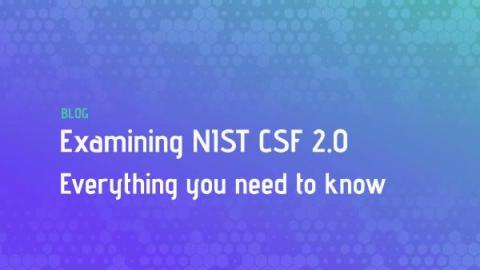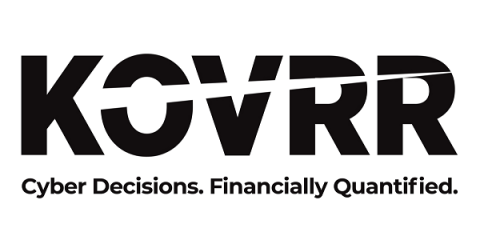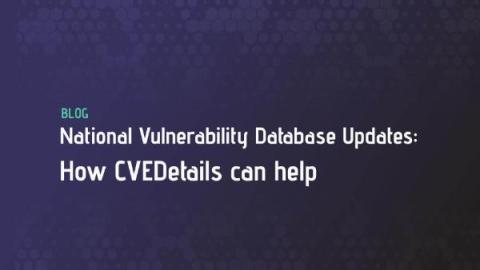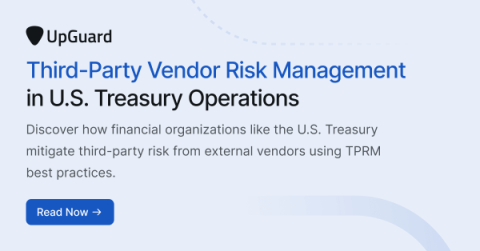Why the CISO Has Become the Chief Storytelling Officer
The role of the Chief Information Security Officer (CISO) has undergone a transformation as profound as the threats we face. Between new regulations such as SEC, NIS2, and DORA, the explosion of generative AI, and the rapidly expanding attack surface, the burden is now on cybersecurity leaders to not only protect the organization but build confidence with customers, regulators, board members, and other stakeholders. The key to building trust? Storytelling.









